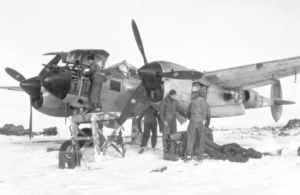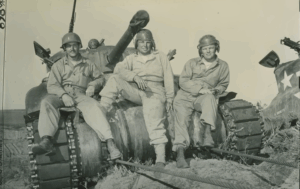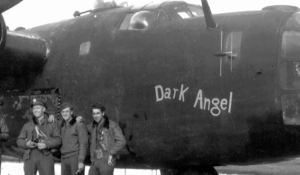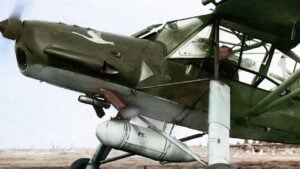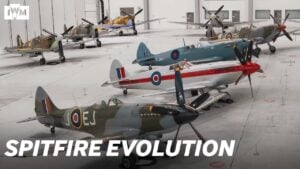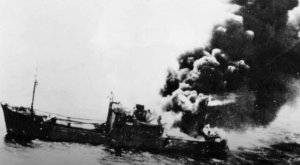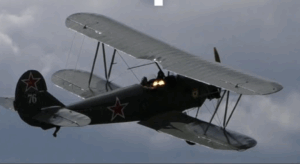7 Incredible World War II Aircraft With Awesome Modifications
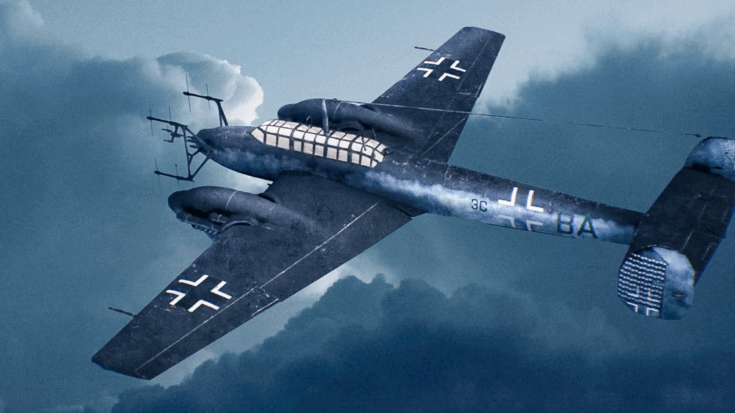
Yarnhub / YouTube
Between 1939 and 1945, aviation changed rapidly. Aircraft designs grew more complex, and nations began testing bold ideas to gain the upper hand. While some plans were practical, others now seem unusual. Many aircraft were modified into new roles or outfitted with weapons that pushed engineering limits. Today, a few of these rare versions have been restored, helping us better understand the creativity and urgency of wartime aviation.
Some of these restored planes showcase odd or powerful design choices that had a short service life but left a lasting mark. Below are seven of the most fascinating aircraft from World War II that were heavily modified — some for offense, others for unusual tasks — and now survive in restored form.
The “Mistel” Combination Aircraft
One of the strangest modified aircraft from World War II was the German “Mistel,” a pairing of two planes into one weapon system. Typically, a Junkers Ju 88 bomber was packed with explosives, with its cockpit removed. A fighter, often a Messerschmitt Bf 109, was attached on top and used to guide the unmanned bomber toward its target.
The “Mistel” was created late in the war and only saw limited success. Operational units like KG 200 flew these aircraft in 1944, including during actions over France and against Soviet targets. A few restored “Mistel” examples now exist in museums, offering a glimpse into this unusual concept of a guided flying bomb.
The Jet Fighter With a 50mm Cannon

Another strange aircraft was the Me 262A-1a/U4, a variant of the world’s first operational jet fighter. Engineers attempted to mount a massive 50 mm cannon in its nose, based on a German anti-tank gun. Tests showed the idea was hard to manage in combat, and the cannon-equipped jet never flew in combat.
Though not used in battle, a restored Me 262 with similar structural design gives visitors an idea of what the cannon variant might have looked like. The aircraft stands as a reminder of how wartime ideas often pushed beyond practical limits.
The “Tank Buster” With a 75mm Gun
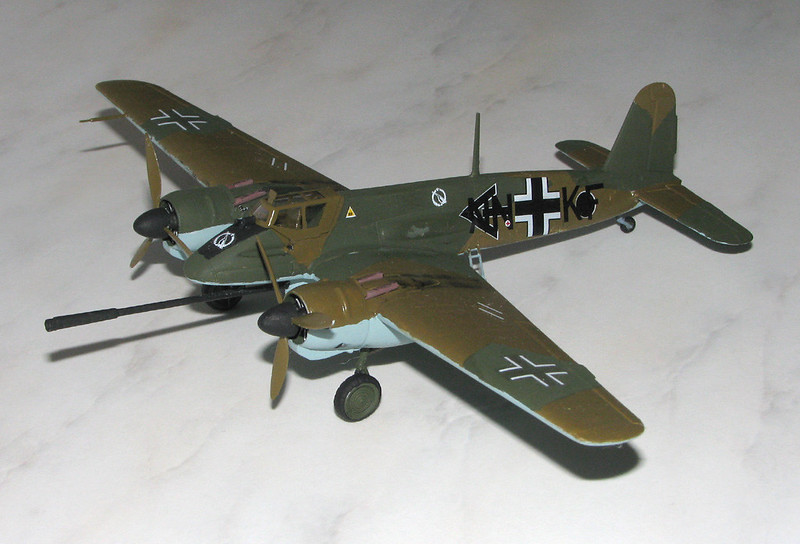
The Henschel Hs 129 B-3 was created as a dedicated ground-attack aircraft. Designed to destroy Soviet tanks, this plane was modified with a 75 mm cannon. The gun included a hydraulic recoil system and an automatic loader behind the cockpit. It could fire 12 rounds from a rotary magazine — the heaviest forward-firing weapon on a World War II aircraft.
Though only a few were built, a restored Hs 129 offers a look at this powerful aircraft, sometimes called the German “flying tank hunter.” Its unusual shape and armament give it a special place among wartime designs.
Upward-Firing Night Fighters
The German “Schräge Musik” modification gave night fighters a deadly edge. Aircraft like the Bf 110 and Ju 88 were altered with upward-firing cannons. This allowed them to attack bombers from below, avoiding defensive guns.
The cannons used special low-glow tracers and armor-piercing rounds. Though the basic idea dated back to World War I, it was used more effectively in World War II. Today, preserved examples of these night fighters show the unique cannon placements that made them so effective in silent attacks.
The Twin Mustang

The XP-82 Twin Mustang looked like two P-51 Mustangs joined at the wing. Created for long-range escort missions, it was built too late for World War II but served afterward. Designed to fly alongside B-29 bombers, the plane offered two pilots better endurance for long missions.
A fully restored Twin Mustang now flies in the U.S., and it offers one of the few chances to see this rare aircraft in motion. Its odd shape and dual cockpit design continue to draw attention.
The Magnetic Mine Sweeper

The Vickers Wellington Mk DWI was made to destroy magnetic mines. Fitted with a huge metal loop energized during flight, the aircraft could trigger mines from above. A separate engine powered the loop’s electric field, creating enough charge to set off hidden sea mines without contact.
Restored DWI aircraft are rare, but surviving parts help tell the story of this mine-clearing innovation. The aircraft’s strange ring-like structure made it one of the oddest bombers of the war.
The “Messerspit” Hybrid
A rare and unusual aircraft was the “Messerspit,” a captured British Spitfire fitted with a German Daimler-Benz engine. After landing in occupied territory, the Spitfire was modified for testing. Engineers installed a Bf 109 engine and propeller to study how British airframes performed with German power.
The hybrid flew well but was destroyed in an Allied bombing raid in 1944. While the original was lost, photographs and records of the “Messerspit” survive, showing how enemy technology was sometimes studied and adapted — even in the middle of war.
















